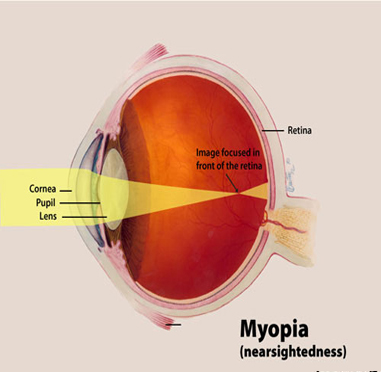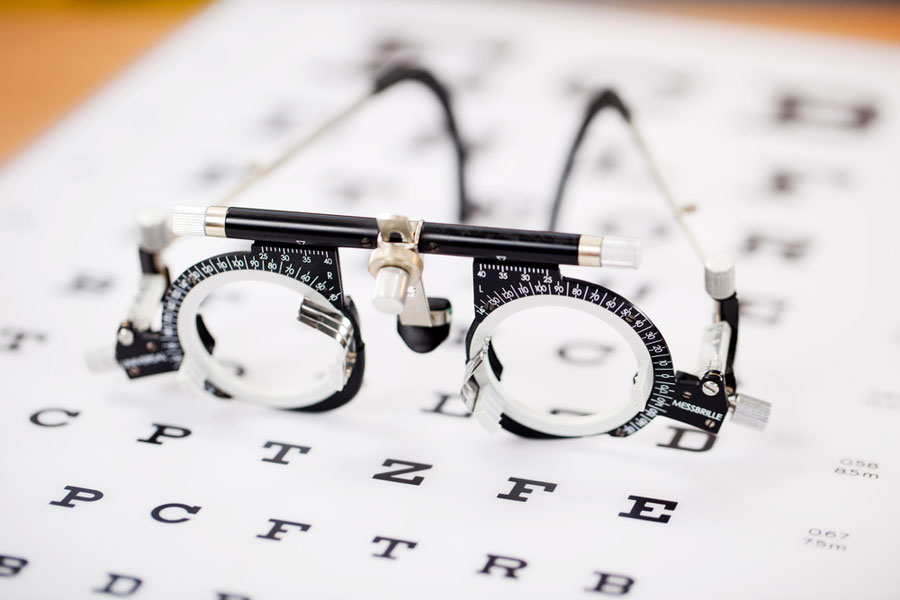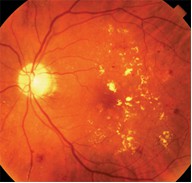At 20/20 Sight & Style we treat and manage many different visual conditions.
These range from ones that may simply require the use of glasses to remedy, to those that require management via Vision Therapy/exercises, to those that need medical treatment that we often co-manage along with your ophthalmologist (eye specialist).
Myopia
Myopia (short-sightedness) is the most common eye disorder in humans around the world. We can treat myopia easily several different ways, depending on your vision, age & lifestyle, and likelihood of myopia progression. The options available include –
- Glasses, using high index lenses to make the weight and thickness of your glasses less as your prescription needs dictate
- Contact Lenses for part-time or full-time wear, sports use and social occasions
- Behavioural Care should your visual examination indicate there are factors that are leading to likely progression of your myopia
- Ortho-K for convenient, safe, clear vision without the use of traditional contact lenses or glasses
Hyperopia
More commonly known as long-sightedness, this is likely to be an issue for some age groups more than others. Notably young children or those over the age of 40 years will have more difficulty coping with the effects of long-sightedness.
If pre-school or primary school-age children have significant long-sightedness, they may
- have a higher risk of having a “lazy” eye or turned eye (squint)
- have difficulties with schoolwork
- suffer discomfort, headaches, sore eyes when reading
and all this can occur with them appearing to see normally! (ie they often won’t complain of blur). Treatment options include glasses, Behavioural Care, and sometimes Patching. In adults over 40 years, the need for reading glasses may be the first indication that identifies you as being long-sighted. Usually these are then for part-time use only, but the prescription will advance every 2 years or so as the eye ages.
Astigmatism
This is a distorted focus, related to the eye shape, and affects long distance vision and near. It is often described as the eye being shaped like a football rather than a soccer ball. It may be present on its own, but more commonly is associated with short- or long-sightedness, so treatment is largely dictated by these associated focussing difficulties.
Cataracts
This is a clouding of the clear lens within the eye, and is most commonly part of the eyes natural ageing process. Cataracts can be brought on more quickly however by smoking, and by sun(UV) exposure, so it is important to have good quality sunglasses for outdoors. They can also be caused by trauma/injury to the eye, or some babies can be born with a congenital cataract, and in this case early detection is critical to prevent long-term blindness. The good news is that cataracts are easily removed and replaced with an artificial clear lens, fully restoring vision. Often this is only a day surgery procedure.
For more information, go to www.visionaustralia.org.au
Diabetes
Nearly 1,000,000 Australians are currently diagnosed with diabetes. For every person diagnosed, it is estimated that there is another who is not yet diagnosed; a total of about 1.7 million people. This affects many areas of your health, including your eyes. Problems can range from blurred or variable vision, to retinopathy where the retina is damaged and permanent vision loss can occur. Our standard vision examination includes retinal photography to detect signs of diabetes, and OCTscanning can pick up subtle changes that may not yet be visible by photography.
For more information, go to www.diabetesaustralia.com.au
For further information on Visual Conditions



